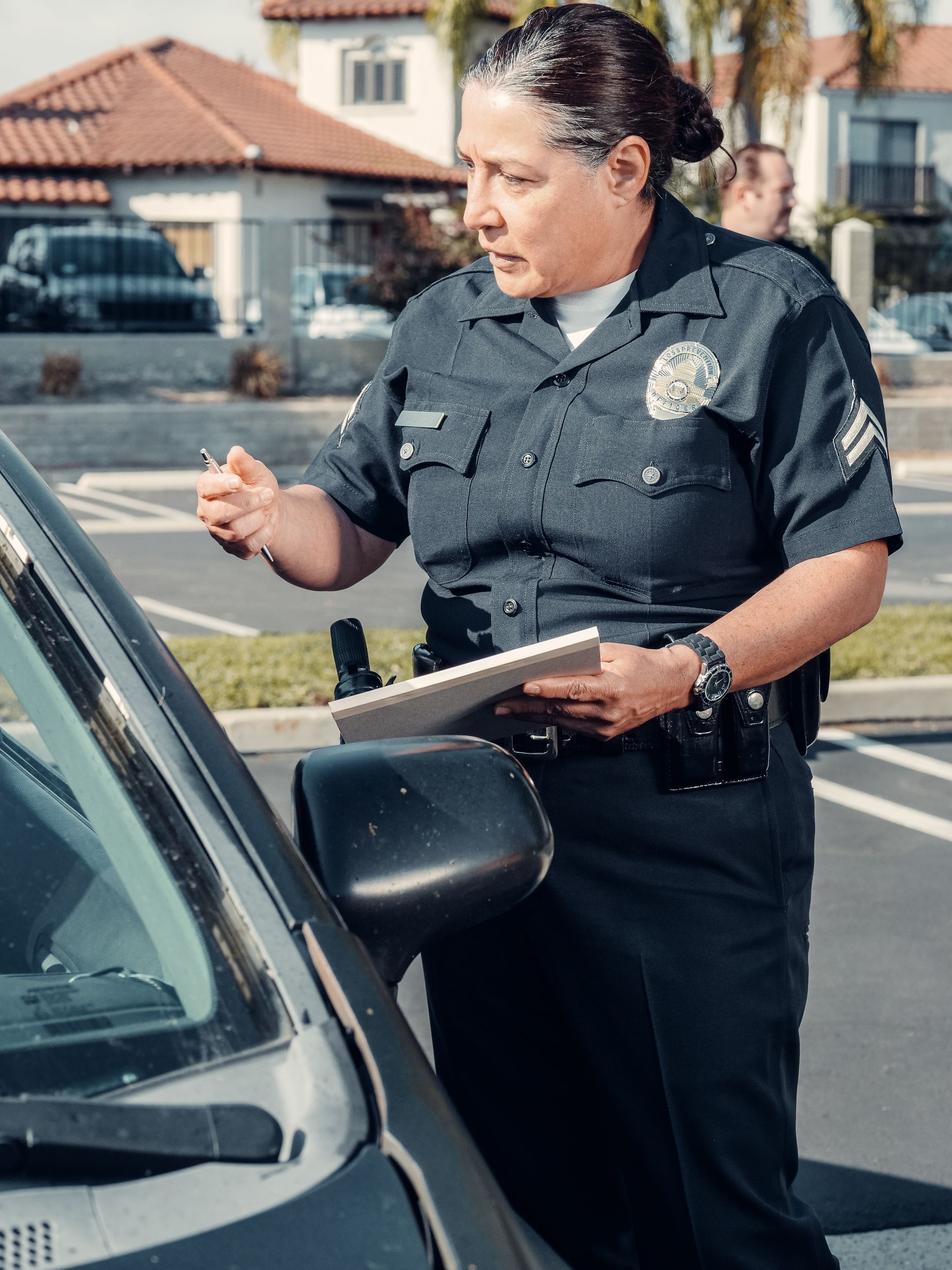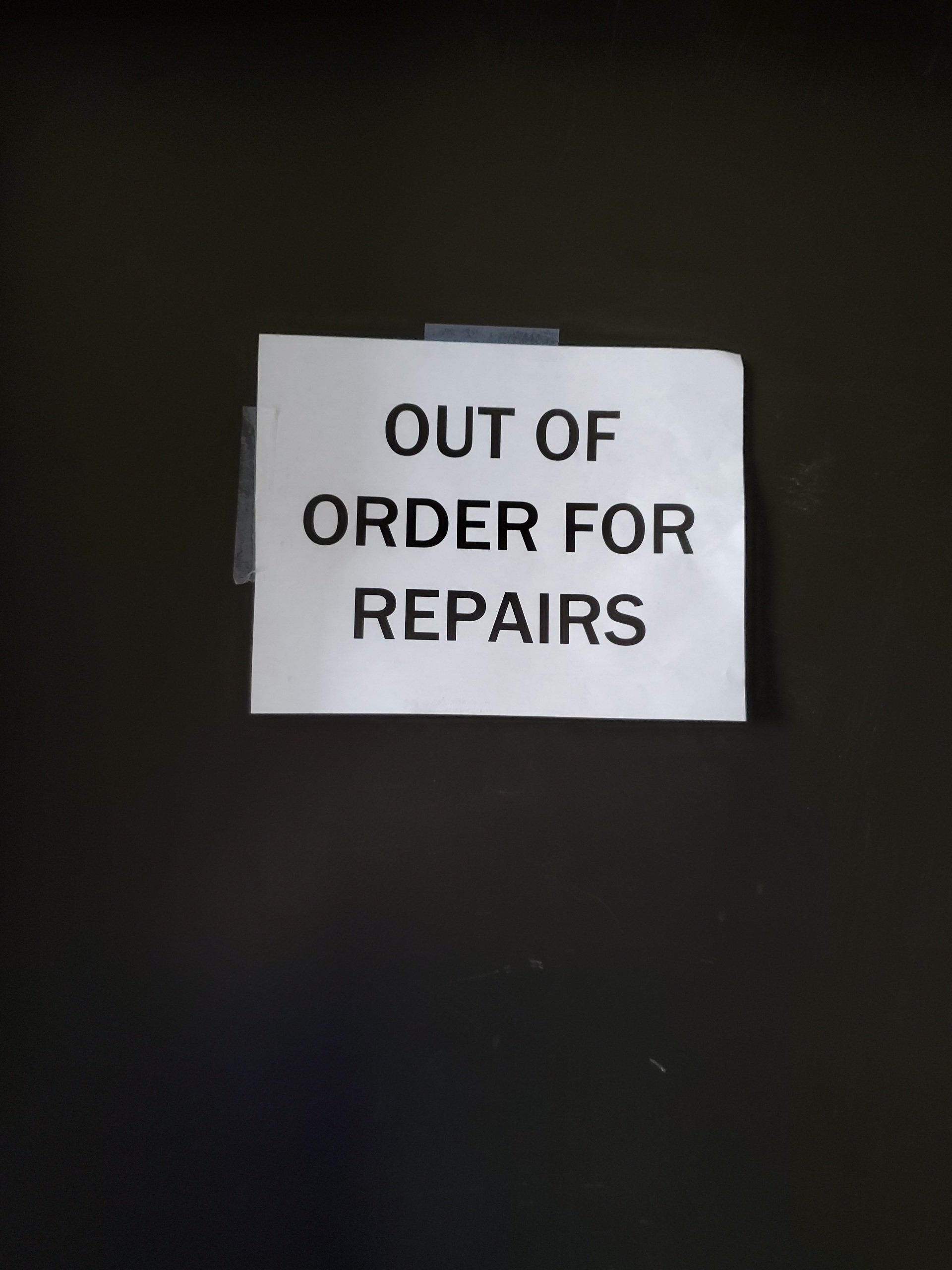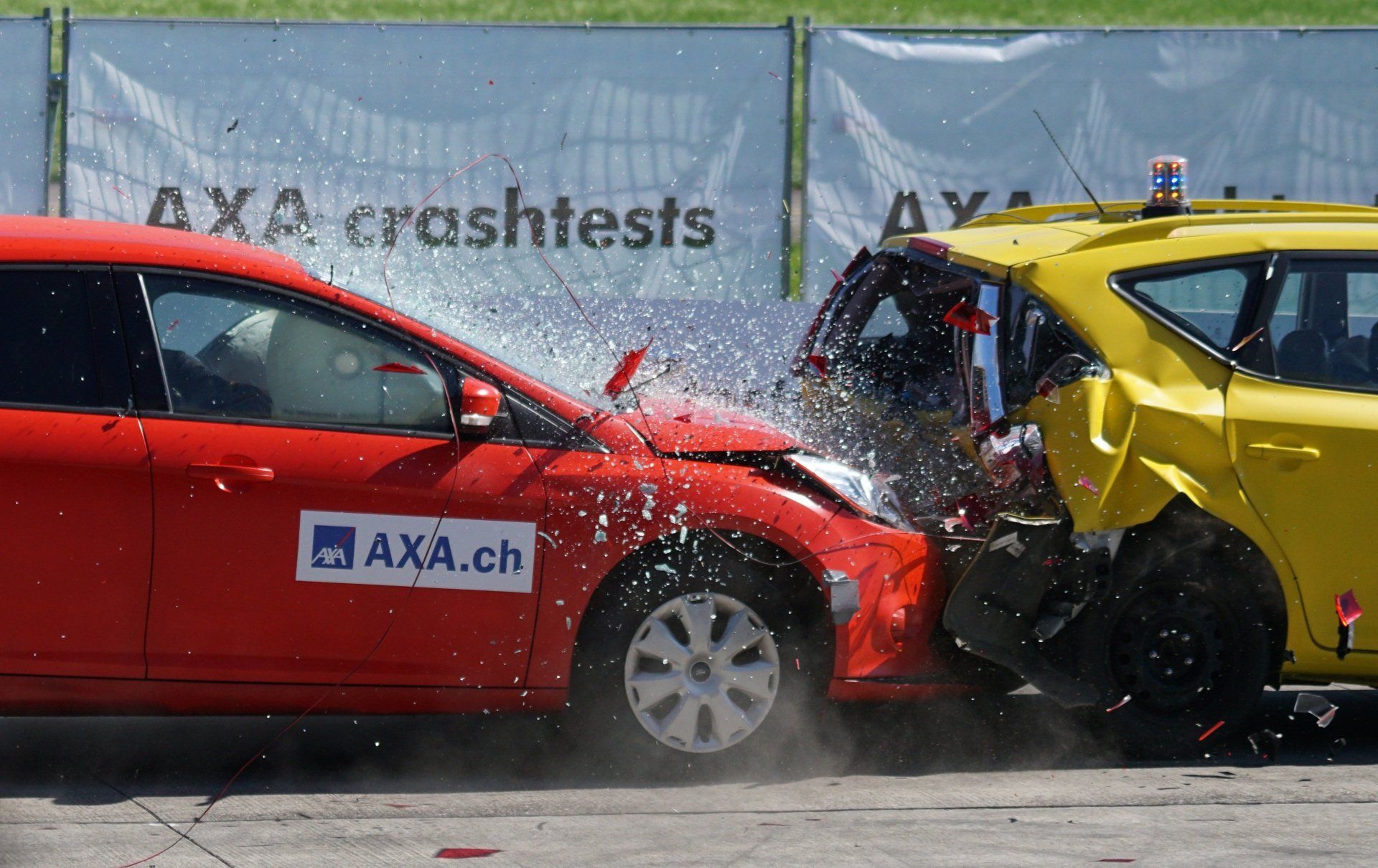United Transport, Inc.
Lincoln, NE
Driver Wellness Tips
10 tips for driver wellness
Wellness Tips for Drivers:
It is never too late to start on your wellness/fitness journey to improve your health! No matter what your goals are - being able to walk a mile or running a marathon - everyone has to start someplace!
Here are some tips to help you get started on your journey -
1. Start with small steps
>Whether it is drinking more water or moving more - you need to start small! Maybe for the first week you walk 3,500 steps each day. Then the following week you increase your step count. Building up to 10,000 (or more) steps a day will not seem like such a big task if you build slowly.
2. Pick one thing to focus on
>You cannot fix everything all at once! Maybe you work on increasing your steps. Then when that has become a habit for you, then you can move on to the next thing.
3. Make a list
>List the things that could potentially get in your way to meet your goals. Then jot down ways to overcome those obstacles - then you already have a game plan in place when the obstacles appear!
4. Get an accountability partner
>Find someone to hold you accountable to your goals - this makes it harder to not follow through with your goals - because you know someone will be asking you about it. There will be times when things happen and you don't meet your goal for that day or week. But get right back at it - proving that you CAN do it.
5. Stop making it a separate part of your life
>Wellness is a part of your life that affects all parts of your life! Don't make it something that you have to 'fit in'. It should help you to feel better just by doing it.
6. Self-observe
>Pay attention to the things that make you lose sight of your goals. If you know that certain items will trigger you to not meet your goal, stop and think about why it should stop you. Show yourself some grace as you work on your new self and goals!
7. Why?
>Finding 'why' you want to start on your wellness journey can help you stick with it for the long haul. Is it - to feel better about you? be there to see your kids graduate? be able to help with grandkids? Whatever your 'Why' is - keep that in the front of your mind when things get hard.
8. Don't let your emotions lead you
>Some situations can be emotional - don't let the emotions take over and control your progress. Take a few deep breaths and focus on your goal and how your emotions are trying to pull you in a different direction.
9. Find your people
>Find a group of people who are supporting you along the way. Lean on them when you need help and share your successes with them. We are made for community and this can be a huge help on your journey.
10. It is NEVER too late
>Every day is a new beginning. Take that extra lap today, drink the extra bottle of water, complete one more set of stretches - these little things will all add up to a healthier you. Keep moving forward - even when you have a bad day, get up the next day and start again. In the end your body, family and friends will be glad you did.










